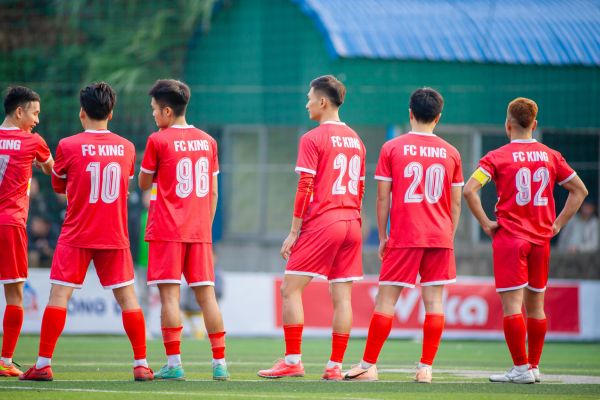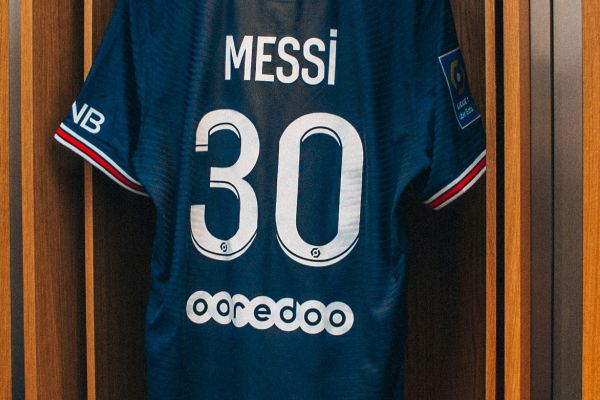It's the summer of 1998. Inter Milan are back for pre-season training, and Ronaldo—El Fenómeno, the original Brazilian one—is returning from a disappointing World Cup final loss to France. That final was particularly controversial for Ronaldo, amid rumors of a medical scare before kick-off.
When he first joined Inter, Ronaldo wanted his iconic number 9 shirt. But it was already taken by fellow South American Iván Zamorano. As a gesture to lift Ronaldo’s spirits, Zamorano agreed to give up the shirt—but with a twist. He took the number 18 and added a small plus sign between the digits: 1+8, visually forming a symbolic “9.” It was a creative, personal, and now legendary workaround.
This moment happened during the early days of squad numbers—a change from the traditional 1–11 system that defined football for decades.
The Old System: Fight for the Shirt
Shirt numbers first appeared in the late 1920s, becoming more standardized by the 1950s and '60s. Numbers 1 to 11 were typically assigned by position:
-
1 for goalkeeper
-
2–5 for defenders
-
6–8 for midfielders
-
9–11 for forwards
If a player was injured or dropped, their replacement wore the same shirt. Numbers weren’t fixed to individuals, but to roles—and that made earning a number on matchday feel like a victory in itself.
Some numbers took on legendary status:
-
#7 at Manchester United (Best, Cantona, Beckham)
-
#10 for Argentina (Maradona, then Messi)
The Shift to Squad Numbers

With the rise of commercial football in the early 1990s, leagues like the Premier League introduced permanent squad numbers—starting officially in 1993. Now players kept their number all season, even if injured.
This opened the door for personalization—and commercialization. A number could become part of a player’s brand. Add names on the back, and suddenly shirt sales skyrocketed.
Players embraced creative choices:
-
Beckham took #23 at Real Madrid, a nod to Michael Jordan.
-
Balotelli wore #45 because 4+5=9.
-
Lizarazu picked #69 to reflect his birth year, 1969.
-
Edgar Davids, bizarrely, wore #1 as a midfielder at Barnet.
Even Ronaldo (El Fenómeno, the original Brazilian one), later in his career, wore #99 at AC Milan—again because his preferred #9 was unavailable.

A Modern Perspective
Young players today often inherit higher numbers. Trent Alexander-Arnold’s #66 at Liverpool is a prime example. The story goes that youth players are assigned high numbers to “keep them humble”—but when a player succeeds, the number becomes part of their identity, making it hard to change for personal and commercial reasons.
Personally, I still prefer the old 1–11 system. It made players fight for the shirt—and for their place. There was pride and prestige in earning that number each week. Today, players chase a number they can make iconic, more for branding than position.
In the future? Who knows. Maybe we’ll see players wearing anything from 1 to 999. Good luck to the 4th official when substitutions start flashing triple digits.
If you're interested in the small details that have shaped the game, check out How the Whistle Became Football’s Oldest Tech and How Referee Vanishing Spray Changed Football. Both explore how simple innovations have had a big impact on the sport — just like the evolution of squad numbers.
